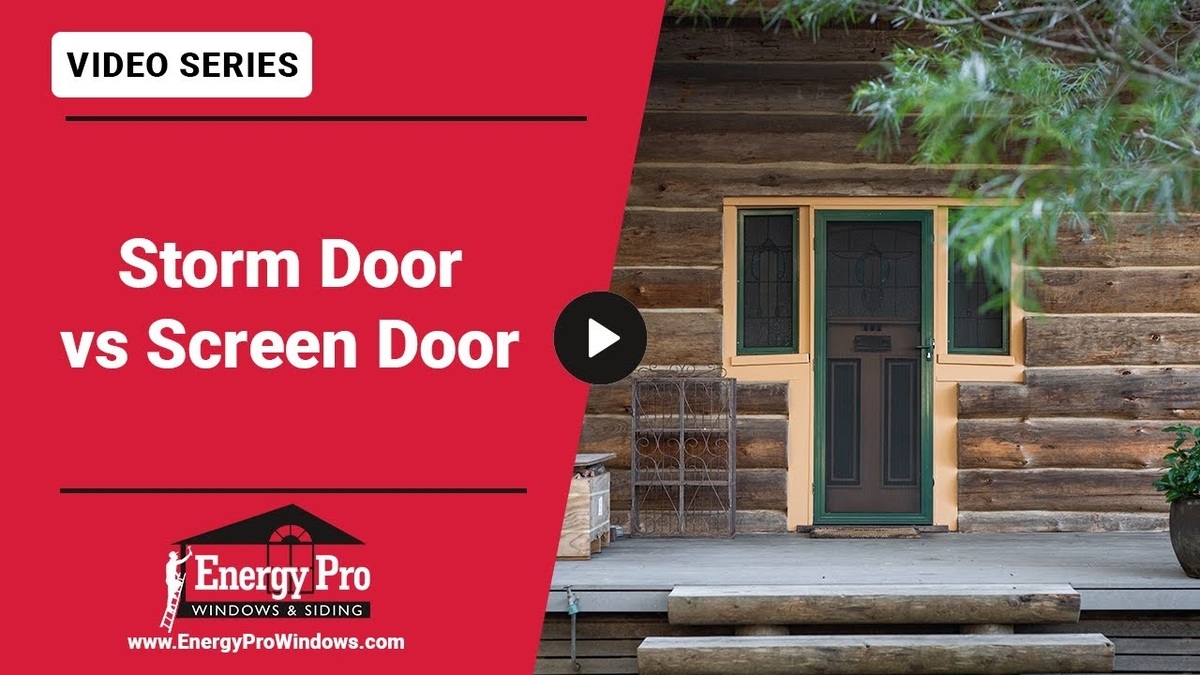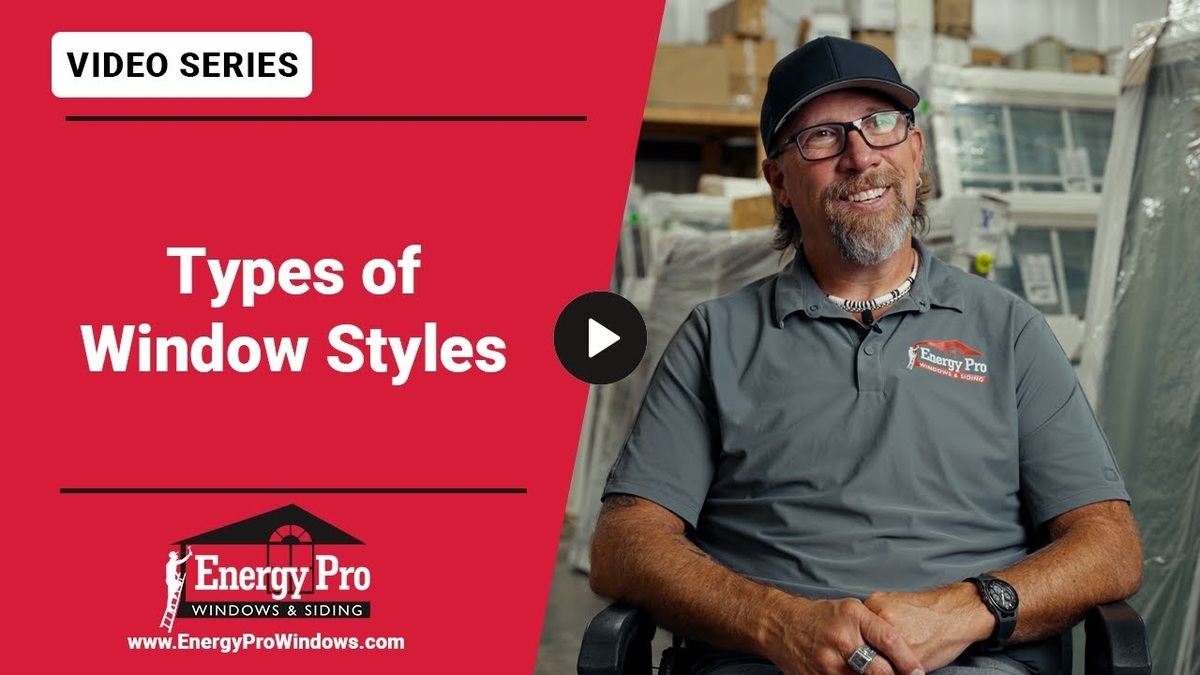Energy efficient vinyl windows are probably the best thing you can install in your home, because vinyl windows are the highest rated for energy efficiency on the market today.
While there are other good energy efficient options, each has drawbacks that you won’t find with vinyl options. There is one type of vinyl window that is not energy efficient however, and we’ll discuss that briefly below.
Energy Efficient Vinyl Windows are Foam Filled
Modern vinyl windows from reputable manufacturers such as Joyce and Sunrise make some of the highest energy efficient vinyl windows around. These windows are structurally reinforced so they won’t sag or warp over time. They’re also filled with a polyfoam in the frames, which gives the window frame an R value of around seven. That R7 helps improve the overall energy efficiency of the window and lowering your energy bills.
The glass in vinyl windows has also come a long way. If you’ve ever had old single pane windows, you’ve probably felt how hot and cold they get depending on the weather. The glass allows air and temperature to easily pass through from outside in.
New windows have double pane glass packs, and the space between the panes is filled with argon gas. This gas is heavier than air, and greatly reduces the ability for air or temperature to seep through.
New vinyl windows also have excellent ratings for solar heat gain, which means they reduce the amount of UV rays that can pass through and heat up your home. Even though they reduce those UV rays, they still allow plenty of natural light in. This lets you illuminate your home without lamps and overhead lights during the day.
With any vinyl window, the first thing to look at, is it structurally reinforced? Avoid those that aren’t because they may cause problems down the road. It’s particularly important that they’re reinforced in the horizontal members, because this is what prevents them from sagging and warping with temperature and moisture changes.
Vinyl windows are made to seal up tight. The tracks, sash operation, and the way they’re made makes them airtight all the way around. This helps improve the energy efficiency of your home, since the furnace or air conditioner isn’t kicking on constantly to combat air infiltration from outside.
Beware Builder’s Grade Vinyl Windows
There are a type of vinyl windows that are not as energy efficient. These are known builder’s grade windows, and they’re often used to reduce construction costs. This type of window is cheaper but it’s not energy efficient because it has a hollow frame. There is no insulation in the frame, which means air and temperature can seep through more easily.
These hollow core windows are also not structurally reinforced. And unfortunately that means they tend to sag, bend, and warp. When the weather gets hot and humid, or cold and damp, this causes the windows to expand and shrink. Expansion and contraction often cause the warping and bending that’s commonly seen with these.
So when buying vinyl windows, be sure to ask if they’re filled with foam for insulation, and if they’re structurally reinforced for longevity.
There are builder grade vinyl windows that aren’t as energy efficient, they’re hollow framed.
How Energy Efficient Vinyl Windows Compare
While vinyl windows are the most energy efficient, there are others that can compare in certain climates.
Aluminum windows are great, for instance, in dry, arid, desert-like climates. Since there is no thermal break in aluminum windows, they transfer heat and cold readily inside and out.
Fiberglass windows can often be filled with insulation to create a thermal break and add R value. This helps improve energy efficiency similar to how the vinyl windows do.
Metal-clad wood windows are not recommended. They allow too much air leakage when the wood expands and contracts from weather.
Contact us and we’ll help you choose energy efficient vinyl windows with lifetime guarantees for your home.



